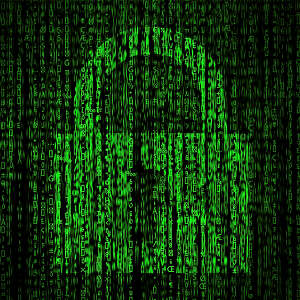 By David Glickman
By David Glickman
CEO
Presagia
The security and privacy of email has improved over the years. But even today, unless you are emailing someone within your own organization, most emails travel across multiple networks and servers before arriving at their destination. As the data is often sent in unencrypted format, anyone who hacks into one of the networks or servers along the way can read those emails as well as any accompanying attachments. Protect your business and avoid accidentally sharing sensitive information by understanding email security best practices.
Email is fast and easy, but remember it was not originally designed with privacy or security in mind. It was intended to facilitate sending simple messages between people on different networks. For this reason, it is very dangerous to include sensitive information in an email. Your bank, insurer, or government would never email financial or healthcare information in an unencrypted format. Rather, they encrypt it within a PDF or ZIP file and then provide you with a password, usually in a separate email, to unencrypt it on the other end. Although this is preferable to sending information in an unencrypted format, PDFs are not considered a particularly secure method of encrypting information, and many of the ZIP formats can also be hacked.
Full content is available to DMEC members only. to view the complete resource.
If you are not a DMEC member, we encourage you to join. DMEC members have access to white papers, case studies, @Work magazine articles, free webinars, legislative updates, and much more. These resources will assist you in building an effective and compliant integrated absence management program, saving you time, resources, and money. Learn more.
If you are being asked to log in more than once, please refresh your browser.



